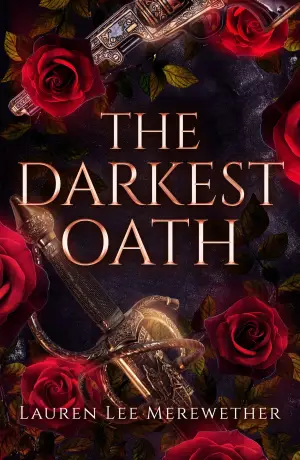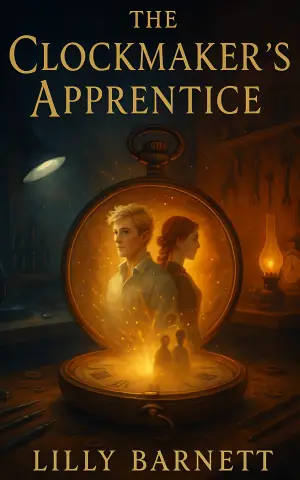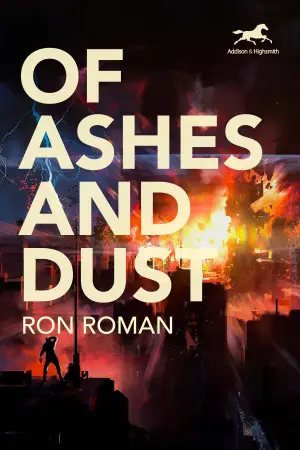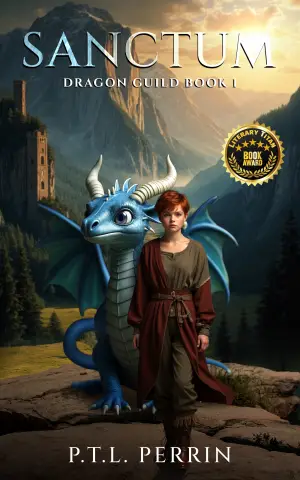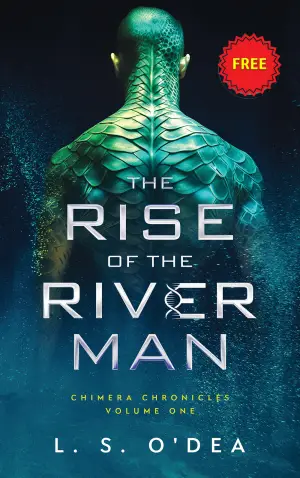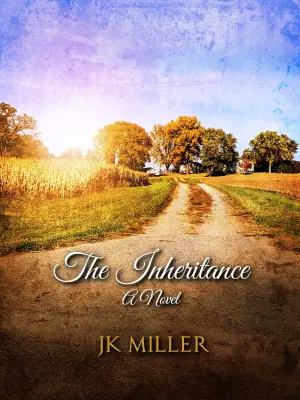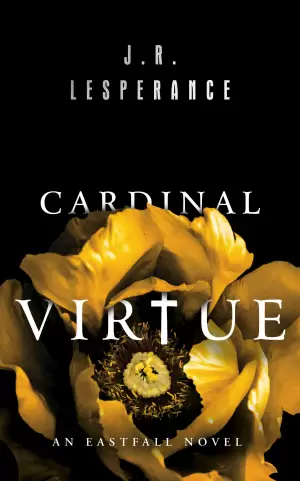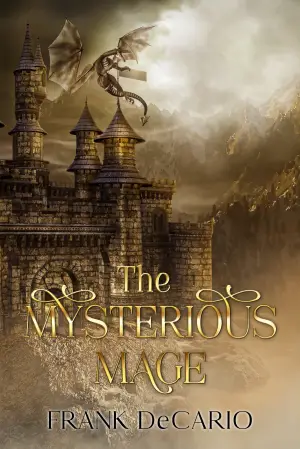Book Review: A Court of Thorns and Roses by Sarah J. Maas
From the moment I stumbled upon Sarah J. Maas’s A Court of Thorns and Roses, the enticing blend of fantasy and romance caught my eye. As a long-time fan of the genre, I was eager to dive into a world populated by faeries and magic. Maas’s reputation as a master storyteller preceded her, and my expectations were high. This book not only met those expectations but ignited a passionate flame that has left me yearning for more.
At its heart, this story revolves around Feyre, a nineteen-year-old huntress who unwittingly disrupts the delicate balance between human and fae worlds. When she kills what she believes to be an ordinary wolf, she’s swiftly dragged to the enchanting yet perilous land of Prythian by the imposing Tamlin, a High Fae. What unfolds is a journey of self-discovery, enchanted landscapes, and a fierce battle against a looming evil.
One aspect that stood out from the get-go was Maas’s vivid world-building. The lush descriptions of Prythian made me feel like I had been transported to this captivating realm; I could almost feel the spring air tugging at my senses. Maas’s portrayal of her characters is equally compelling. Feyre’s complexity resonates deeply; she is tough yet vulnerable, skeptical yet yearning for love. Watching her evolve from a hardened survivalist to someone who dares to love Tamlin is a profound experience. The romance between them may seem fast-paced, but within the magic of Maas’s prose, it feels surprisingly genuine.
The pacing of the narrative did have its moments of hesitation, especially in the early chapters, where I found myself navigating a slightly slow buildup. However, this laid the groundwork for emotional investment in Feyre’s story. As one reviewer noted, Maas intricately portrays a flawed but relatable protagonist—indeed, knowing that growth often involves stumbling can be refreshing in a fantasy landscape rife with larger-than-life characters.
The dialogue sparkles with wit, given the characters’ dynamics, particularly between Feyre and Tamlin, and the intriguing Lucien. One moment that struck me was when Feyre articulates her struggle with her past and misunderstandings about the faerie world. It was a reminder that emotional barriers often clash with desires, which brought an authentic feel to the thematic undertones of love and redemption.
While the romance plays a pivotal role, the looming threat posed by the malevolent fae witch adds an engaging layer of suspense. The intricate plot twists kept me on my toes, and the narrative’s climax left me breathless—a hallmark of a well-executed story that combines both fantasy and heartfelt emotions.
In conclusion, A Court of Thorns and Roses is more than a retelling of Beauty and the Beast; it’s a rich tapestry of intrigue, romance, and personal growth. If you enjoy immersive fantasy worlds populated by morally complex characters, then this series is a must-read. The emotional depth and the enchanting prose not only captivated my imagination but also reinvigorated my passion for the genre. With four more books in the series, I find myself excitedly speculating on what adventures await Feyre and her companions. I recommend this to anyone looking for an enchanting escape or wanting to rekindle their love for fantasy—let the magic of Maas sweep you off your feet!




